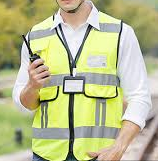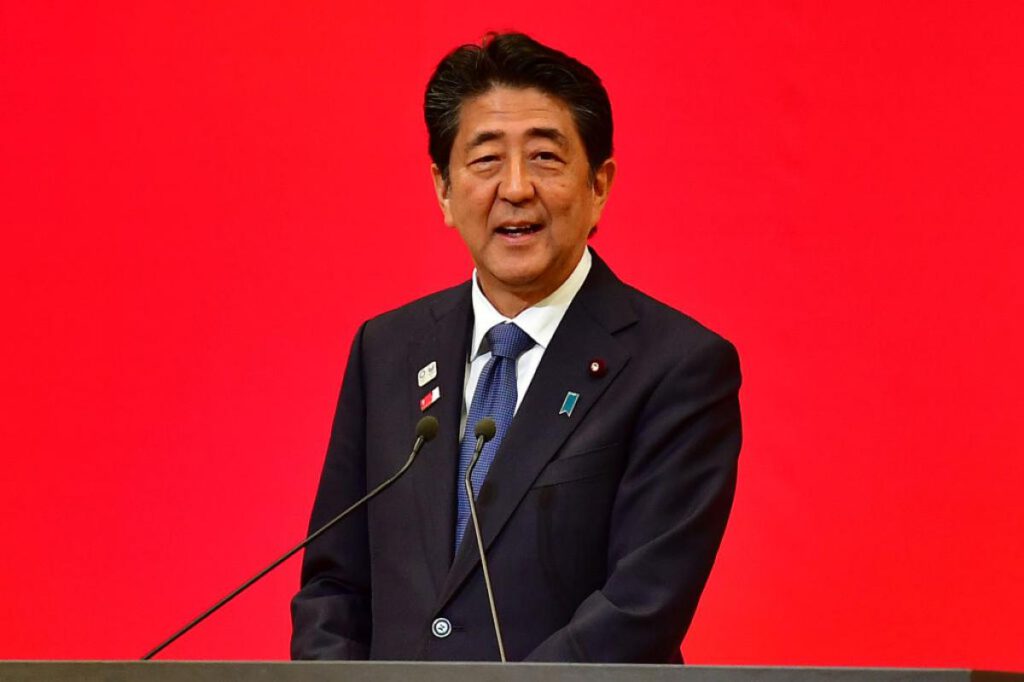
Teach your security personnel to think about the adversary
April 17, 2018- 12:00 pm
by Miky Weinberg
The more time goes by, the better I understand that proper, effective security must include constantly thinking about the adversary. Whoever reads my articles and is familiar with my professional opinions knows how much I dwell on the subject of seeing the attacker at every opportunity. As I’ve written in the past, I personally understood only in retrospect that as a guard in a dignitaries protection unit in the years before the assassination of Prime Minister Yitzchak Rabin, I carried out hundreds of security assignments without actively seeking out the adversary in the area under my responsibility. I treated each assignment I was given with the utmost seriousness, tried my best to succeed, and used everything I’d been taught. Nevertheless, most of the time I waited to see the adversary approaching in order to identify him and to react according to his actions. As a young security guard, I didn’t really know how to analyze the arena from the attacker’s point of view and therefore I didn’t know how to seek him out in the sensitive places in the area where he was most likely to wait and from which he would act.
The assassination of Prime Minister Yitzchak Rabin spotlighted the importance of considering the attacker’s viewpoint, as a mandatory step in dealing with the potential adversary. One must proactively locate the adversary in the arena.
Yigal Amir waiting in the seam:
This week I drove my car to Sde Dov Airport in Tel Aviv and in the last short entry lane leading to the airport parking lot, the two vehicles ahead of me stopped. I looked ahead and saw a security guard standing in front of the first car, signaling for him to stop and it appeared that from where he stood, he was motioning to the other cars, including me, not to continue on. It wasn’t hard to understand that he was a member of a specific security unit, who was apparently sent to clear the route at the airport. Sure enough, two minutes later I recognized the dignitary’s car coming first, followed by the escort vehicle, both of them passing the row of stopped cars from the left, without stopping but traveling slowly because the route was relatively narrow and curving. Of course, as the dignitary’s car passed by the guard intensified his directing of traffic in order to allow them to pass the final stretch smoothly and without stopping. There is no better example from the field than this in order to explain why this type of action by the security guard doesn’t provide a real response to an adversary trying to harm the protected individual.
Anyone who operates and directs a security arrangement in which guards are sent to carry out security assignments in the field must understand that a guard who did a uniform course, a targeted professional training course, and many other training sessions, shouldn’t be directing traffic precisely at the most critical stage of the security mission he was sent to carry out. It’s well known that the protected person’s passage or presence in the seam is defined in the world of security as the most sensitive and dangerous stage and therefore it was decided that in the last 15 minutes before his/her arrival, the security guards will be occupied only with actions aimed at locating the potential adversary who has decided to try to harm the protected individual, specifically at that time and specifically in the seam.
I don’t know the security guard and of course I have nothing against him, yet I think that his behavior in the field obligates us to do our homework and answer the urgent question – are we teaching our security guards to base their security work on thinking about the adversary at every step and taking the characteristics of the assignment and the arena into account? Do we understand that our security arrangement exists only because it was decided that there are adversaries out there who intend to harm the individuals we’re protecting?
What’s the explanation for these 15 minutes?
An adversary who wants to harm the protected individual, in this case a specific dignitary, will have to be in a location and at a distance that will allow him to identify his target with certainty and then to carry out his chosen course of action without anyone identifying him and/or interfering in the process.
Based on a wealth of professional experience and logic, those who set the tenets of security work understood that no matter where the adversary is from the time he arrives in the area or what he does during that time, in order to identify the protected individual and to succeed in harming him or her, he must appear near the seam, understanding as does the security guard that this is the place that combines all the factors that grant him the best chances to succeed. Therefore, both the security guard and the adversary must be focused solely on the mission they set out for – the adversary will focus on carrying out the attack and the security guard will focus on identifying the adversary and preventing or thwarting the attack.
A single guard who is securing an individual can’t simultaneously direct traffic and scout out the adversary. It should be clear that in most cases actions to locate the adversary in the seam take priority as means to foil an attack, especially in the case of a single guard without backup.
A video demonstrating the adversary’s actions in the seam in the 15-minute interval:
A security guard who doesn’t focus on proactively locating the adversary in the seam won’t succeed in identifying the potential perpetrator in his area. Therefore, civilian and state security in 2018 must be based on thinking about the adversary in order to increase the chances of identifying him in the arena before he manages to take us by surprise and act first, since in that case it’s likely that the guard’s actions, however swift and determined, won’t be enough to prevent harm to the protected person.
In every professional security training course, we must include a main chapter that deals with analysis of the attacker’s viewpoint in such a way that anyone who becomes a security guard will understand that during their shift they must be occupied mainly with the question of where the adversary may be and how he’s liable to act in the arena against the protected individual they’re responsible for.
Every director or head of security must act immediately to train all the security guards already working in the field, who are presumably doing the best they can but still aren’t coping effectively with the adversary. The mission isn’t simple, but it is imperative – a mission that requires thorough and professional preparation that will become a work plan to be implemented.
Every director or head of security should know that sending security guards to carry out assignments in the field without training in the subject of understanding the attacker’s viewpoint is akin to sending out scarecrows or even worse – to placing an obstacle before a blind person.
Remember, security must be achieved by gaining complete control over everything that happens under your jurisdiction


